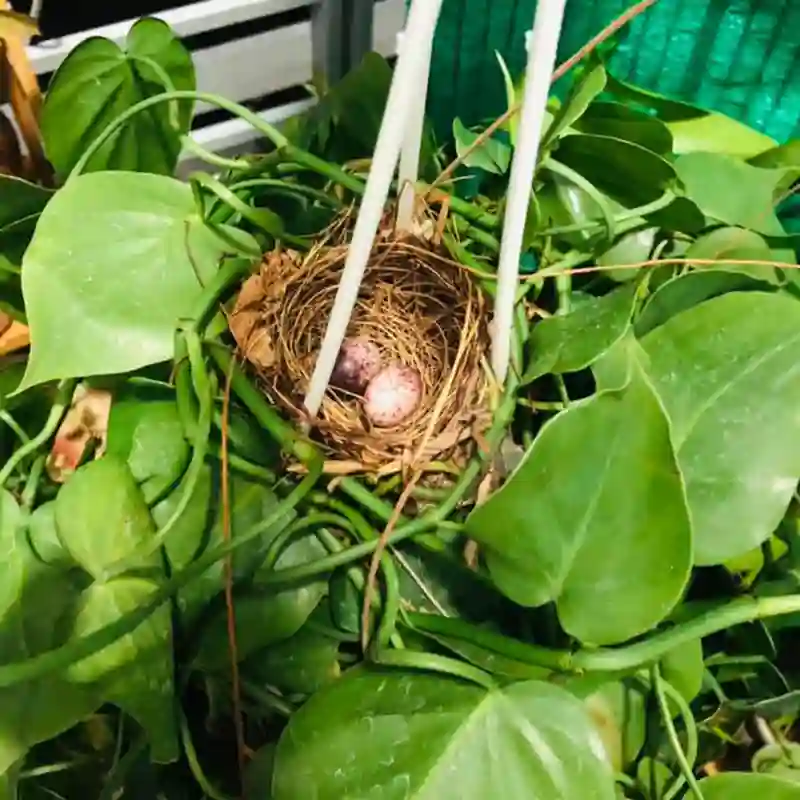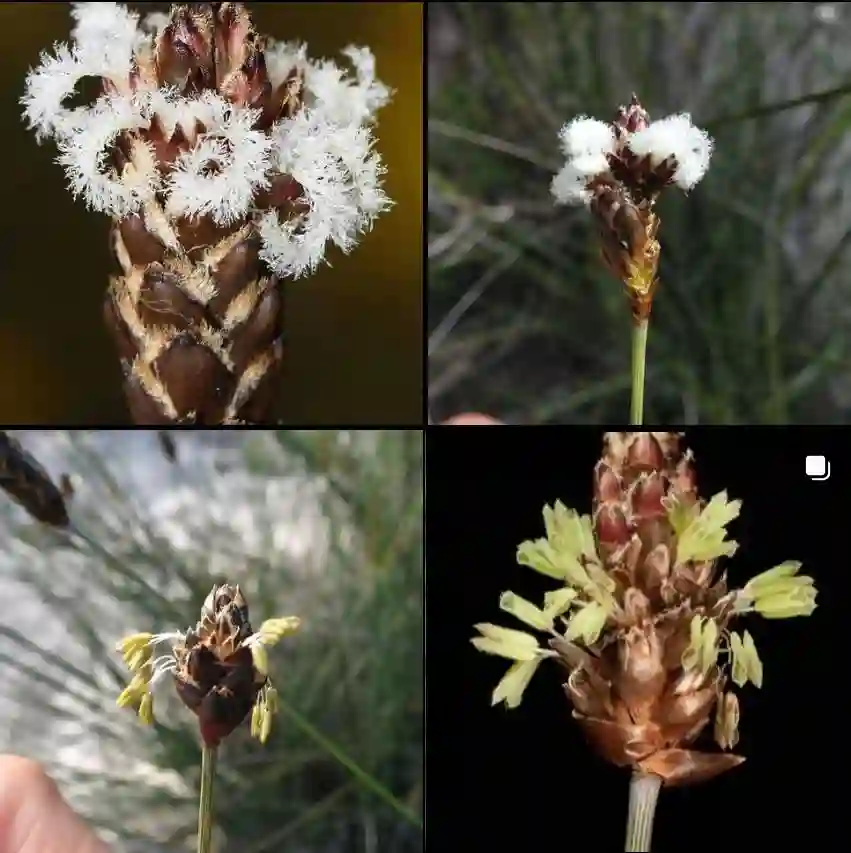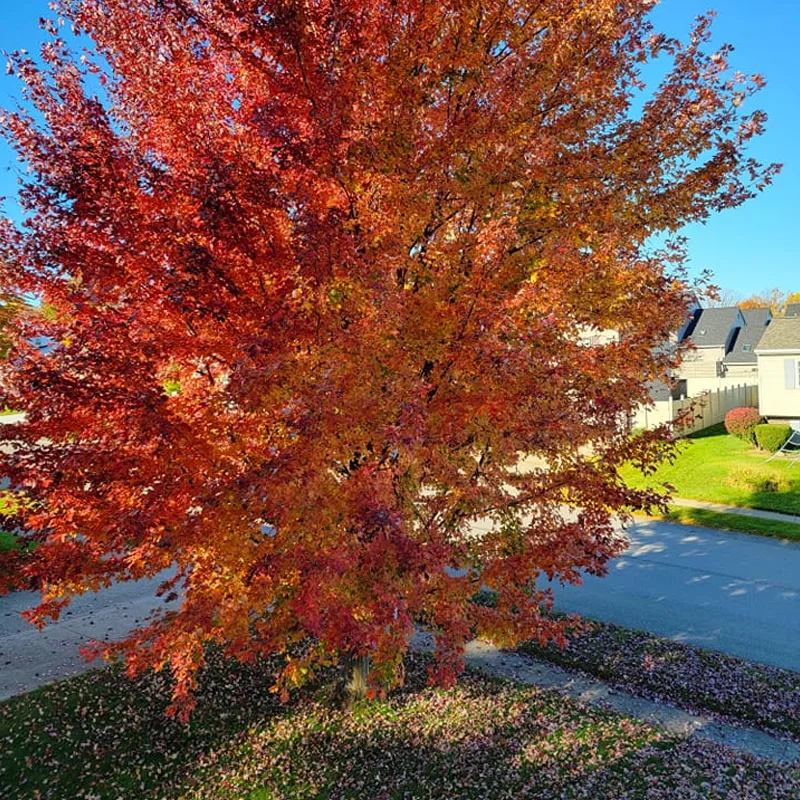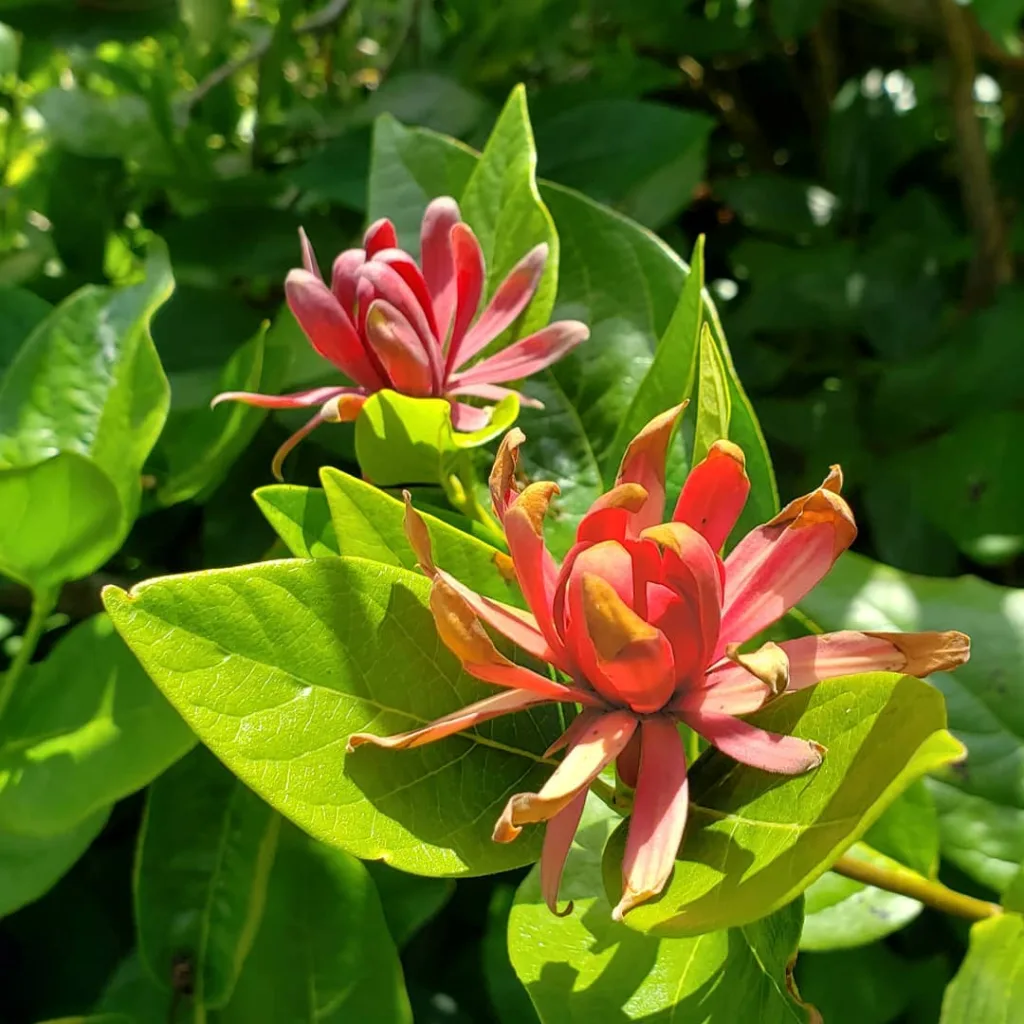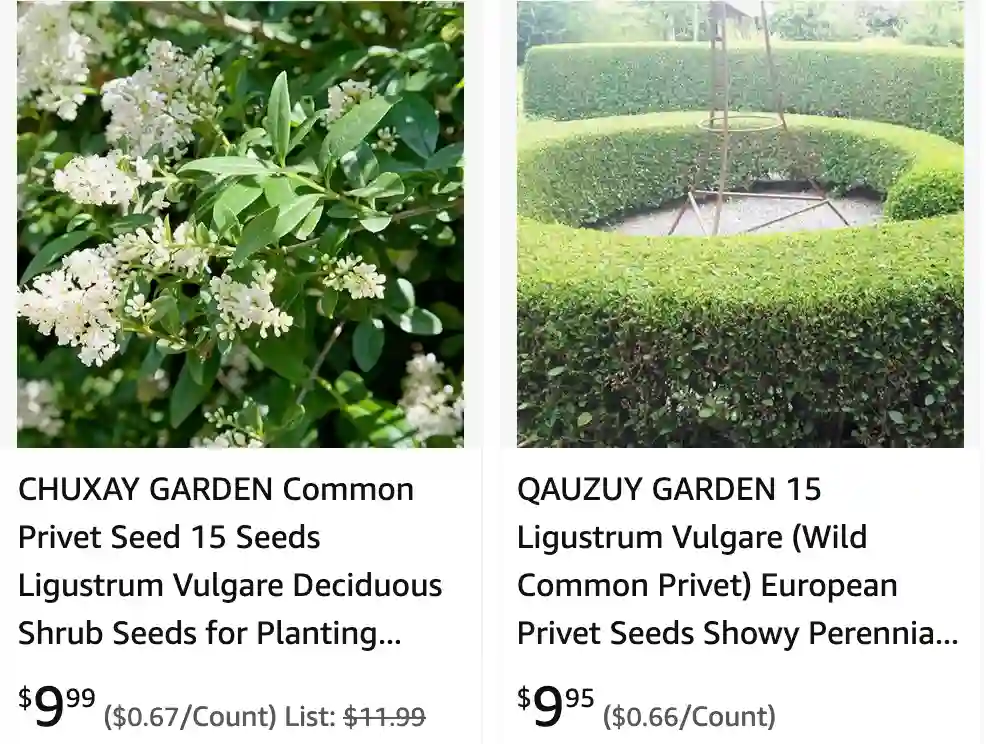
My Adventures with Ligustrum vulgare: A Landscaper’s Perspective
As a landscaper in Charleston, South Carolina, I’ve encountered a wide variety of plants, each with its own unique charm and challenges. One species that has particularly piqued my interest is Ligustrum vulgare, also known as wild privet. This shrub has become a bit of a companion on my landscaping journey, and I’m here to share my experience with it.
46 Species in Genus Ligustrum – Privet
What is Ligustrum vulgare?
Ligustrum vulgare is a bushy shrub native to parts of Europe, North Africa, and Southwestern Asia. It’s known for its adaptability, thriving in various light conditions and soil types. Here in Charleston, it’s a popular choice for hedges due to its dense growth and fast growth rate. The dark green, lance-shaped leaves add a touch of year-round greenery, although it can be semi-evergreen in colder climates, losing some leaves during frosts. In summer, the shrub explodes with clusters of small, white flowers that boast a strong, sometimes polarizing, fragrance. Later in the season, these blooms give way to clusters of shiny black berries, which provide a food source for birds.
Ligustrum Vulgare vs Ovalifolium
I’ve found Ligustrum Vulgare to be hardier and more adaptable to different soil conditions compared to Ligustrum Ovalifolium, which tends to prefer well-drained soil and sheltered positions.
Ligustrum Vulgare vs Sinense
I prefer Ligustrum Sinense for its glossy, dark green leaves that stay vibrant throughout the year, although Vulgare’s dense foliage provides better privacy screening in my experience.
Is Ligustrum vulgare invasive?
This is a crucial question for any responsible landscaper. While Ligustrum vulgare isn’t native to North America, it hasn’t shown the same aggressive invasive tendencies as some other introduced plants. However, it can spread through bird droppings, potentially establishing itself in unwanted areas. Here in Charleston, it’s not considered a major invasive threat, but it’s always good practice to monitor its growth and prune it back if necessary to prevent it from taking over unwanted spaces.
How to Care for Ligustrum vulgare?
Ligustrum vulgare is a relatively low-maintenance plant. It thrives in full sun to partial shade and adapts well to most well-drained soils. Regular watering is important during its establishment period, but once mature, it’s quite drought tolerant. Throughout the growing season, occasional light pruning can help maintain its desired shape and encourage bushier growth. However, avoid drastic pruning during the winter months, as this can damage the plant.
How to Propagate Ligustrum vulgare?
If you’d like to expand your Ligustrum vulgare presence, propagation is quite straightforward. Softwood cuttings taken in early summer are the easiest method. Select healthy, non-flowering stems with a few nodes, and trim them to about 6 inches in length. Remove the lower leaves and dip the cut end in rooting hormone before planting them in a pot filled with a well-draining potting mix. Keep the soil moist and provide indirect sunlight. With proper care, you should see roots developing within a few weeks. Once established, these new Ligustrum vulgare plants can be hardened off and transplanted to their permanent location.
Where to Buy Ligustrum vulgare?
Ligustrum vulgare is a readily available plant in Charleston. Many local nurseries and garden centers carry it, often offering it in various sizes, from small starter plants to more mature specimens. The price will vary depending on the size and container type, but it’s generally a very affordable landscaping option.
What to Plant with Ligustrum vulgare?
Ligustrum vulgare’s versatility makes it a great companion for various plants. Here are a few ideas to consider:
- For a colorful contrast: Pair Ligustrum vulgare with flowering shrubs like azaleas or hydrangeas, whose vibrant blooms will complement the green foliage.
- For a layered effect: Plant taller perennials like Russian sage or lavender behind the Ligustrum vulgare hedge, adding height and textural interest.
- For a wildlife-friendly haven: Combine Ligustrum vulgare with native flowering plants that attract butterflies and pollinators, creating a haven for beneficial insects and birds.
Final Thoughts on Ligustrum vulgare
Ligustrum vulgare has become a reliable choice in my landscaping projects. Its adaptability, fast growth, and low-maintenance requirements make it a winner for many homeowners. While keeping an eye on its potential for spreading is important, with proper care, Ligustrum vulgare can be a valuable addition to your Charleston landscape, offering year-round greenery, fragrant flowers, and a haven for wildlife.
If i die, water my plants!
